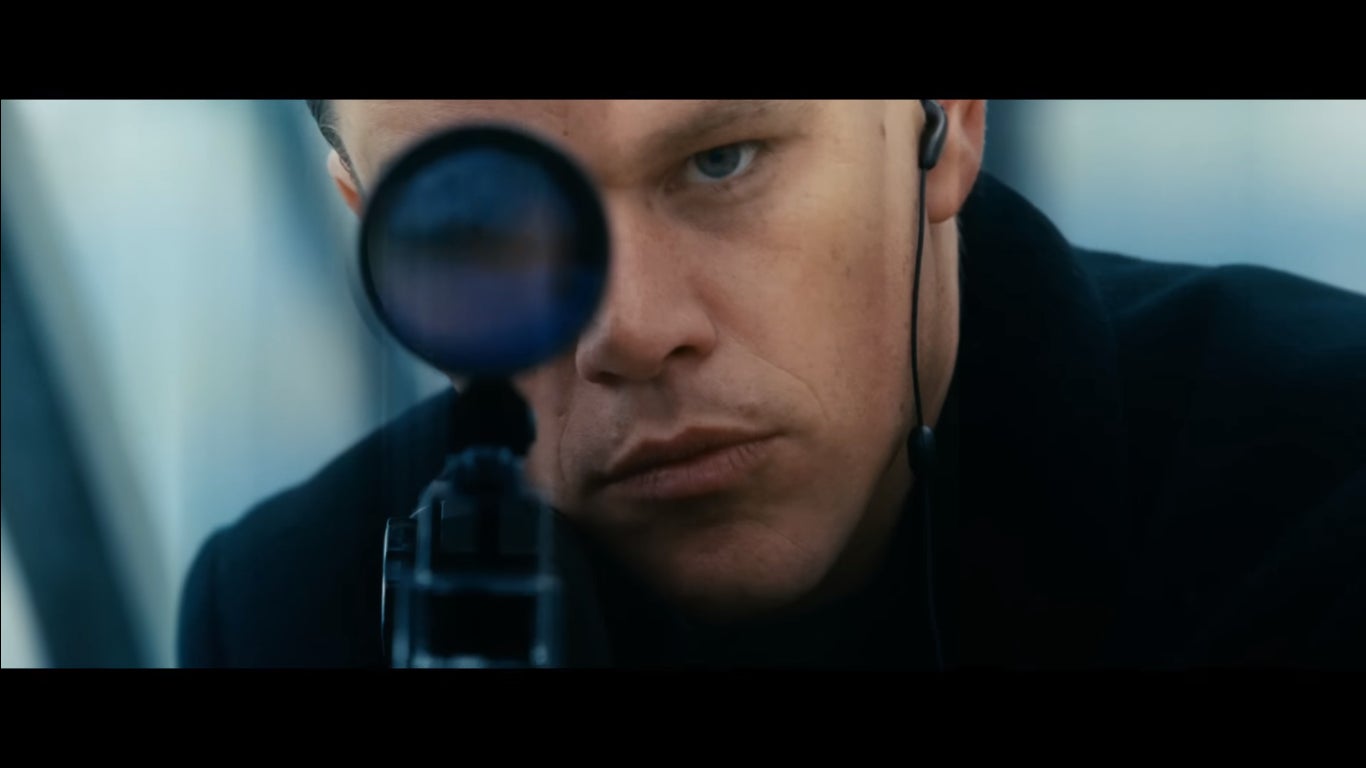“Jason Bourne” is the latest example of how China’s 3D movie craze has gone too far
Chinese moviegoers want studios to know that not all films need the 3D treatment.


Chinese moviegoers want studios to know that not all films need the 3D treatment.
A common practice for boosting ticket sales, done by both domestic and Hollywood film producers, is to use 3D effects. Sometimes that’s not necessary. Universal’s Jason Bourne, which hit big screens in China on Aug. 23, is the latest example of that.
Last year, China’s box office reached a record $6.78 billion, though that figure is coming under scrutiny thanks to a string of “ghost screenings,” fake sales and government manipulation.
The latest instalment of the Bourne franchise starring Matt Damon raked in 74 million yuan (about $11 million) on its opening day in China, according to data provider China Box Office (link in Chinese). But Chinese moviegoers soon took to the internet to complain about the film’s 3D effects, which made them feel dizzy and uncomfortable. Many complained that they couldn’t even watch a 2D version as theaters were overwhelmingly showing the 3D one.
“There were a line of people throwing up in the restroom of the cinema I went to yesterday…I’m not exaggerating,” one moviegoer complained under a post about the film on social networking site Weibo (link in Chinese, registration required).
The Jason Bourne franchise is known for its shaky-camera style, making the movies somewhat unpleasant to watch in 3D. The new Jason Bourne movie was shot in 2D, and was converted to 3D post production. In North America, the UK, and other European markets, the film is only available in 2D format, according to movietickets.com.
On Wednesday (Aug. 24), Universal Pictures’ China branch said in a statement on Weibo (link in Chinese) that it is working closely with local distributors to offer more 2D screenings to meet the audience’s “diversified movie-going needs.”
“Please don’t offer 3D just to grab money anymore,” one blogger wrote under the statement. “Chinese people are not stupid, we can vote with our feet and money.”
Still, only eight of 149 movie theaters in Beijing provided the film’s 2D version as of Aug. 25, the Beijing News reported. At one local cinema, a 3D ticket of Jason Bourne cost 53 yuan (about $8), 23% higher than a 2D ticket, Chinese movie portal Mtime noted (link in Chinese).
China’s booming film-market is obsessed with 3D. Earlier this month, China’s biggest cinema chain Wanda announced that it will build 4,000 3D screens in its theaters across the country over the next four years. The deal, made with American screen provider RealD, is the largest 3D screen installation in history.
Jason Bourne is not an outlier. A series of Hollywood movies including 2012 (2009), Looper (2012), Iron Man 3 (2013), Lucy (2014), and Transcendence (2014) have offered in China 3D versions that are not available elsewhere around the world, said Dushe Movie (link in Chinese), a popular film blog. Of those, Alcon Entertainment’s sci-fi thriller Transcendence is co-produced by Christopher Nolan, who has refused to convert his own films into 3D.
As for Chinese films, The Monkey King: Uproar in Heaven, a classic animation from the 1960s, came back in 2012 in 3D form. The 3D effect, however, is so bad that “you won’t even be able to tell the difference if you take off your [3D] glasses,” Dushe Movie commented.